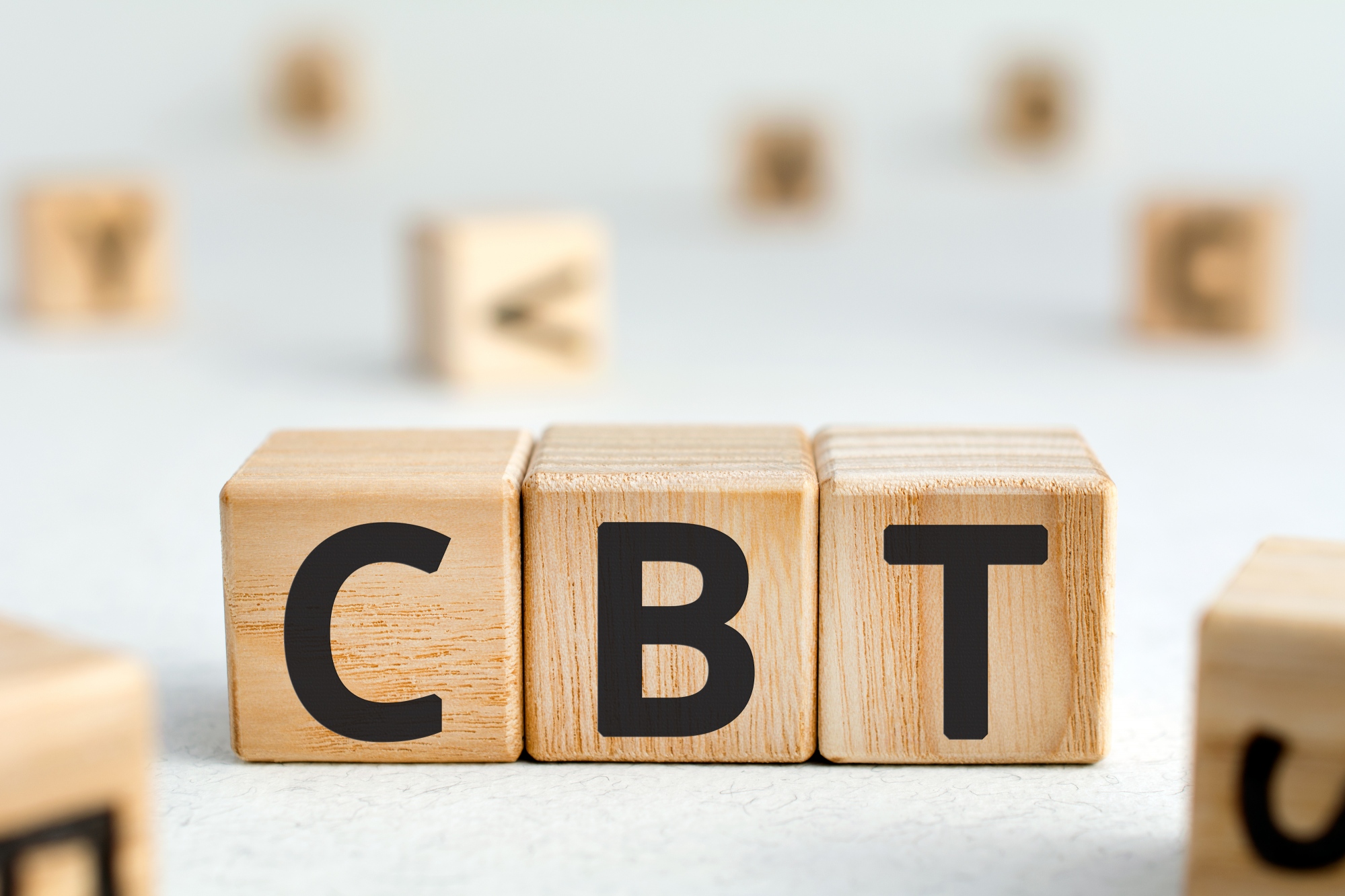Anxiety vs Fear

Anxiety
Excessive fear, anxiety and related behavioral disturbances.
Fear is the emotional response to real or perceived imminent threat, whereas anxiety is anticipation of future threat.
Fear is the response to a threat that occurs in the Present.
Anxiety is the response to a trigger from the past that creates challenges in the Present as well as the Future. It can be described as an irrational response to a rational event in the past.
The following symptoms are examples and do not represent a complete list of that may be experienced when fear or anxiety is experienced.
Symptoms that may occur as a response to fear.
Fear
- Surges of autonomic arousal necessary for fight or flight
- Thoughts of immediate danger
- Escape behaviors
Anxiety
- Muscle tension
- Vigilance in preparation for future danger
- Cautious or avoidant behaviors
- Can be seen in anxiety disorders and other mental health conditions

Cognitive Behavioral Therapy is an evidenced based solution proven to provide recovery from anxiety disorders. Cognitive Behavioral Therapy (CBT) teaches people different ways of thinking, behaving, and reacting to situations to help you feel less anxious and fearful. CBT has been well studied and is the gold standard for psychotherapy.
Today we will review two mental health conditions that are prevalent in our society which are Panic Disorder and Generalized Anxiety Disorder. This will help to understand the problem.
Panic Disorder is an anxiety disorder characterized by unexpected and repeated episodes of intense fear accompanied by physical symptoms that may include chest pain, heart palpitations, shortness of breath, dizziness, or abdominal distress. These episodes occur “out of the blue,” not in conjunction with a known fear or stressor.
Panic Disorder
- Recurrent unexpected panic attacks. A panic attack is an abrupt sure of intense fear or intense discomfort that reaches a peak within minutes, and during which time four or more of the following symptoms occur
- Palpitations, pounding heart, or accelerated heart rate
- Sweating
- Trembling or shaking
- Sensations of shortness of breath or smothering
- Feelings of choking
- Chest pain or discomfort
- Nausea or abdominal distress
- Feeling dizzy, unsteady, lightheaded, or faint
- Chills or heat sensations
- Paresthesias (numbness or tingling sensations)
- Derealization (feelings of unreality) or depersonalization (being detached from one-self)
- Feeling of losing control or “going crazy”
- Fear of dying
Panic disorder is associated with high levels of social, occupational, and physical disability; considerable economic costs; and the highest number of medical visits among the anxiety disorders, although the effects or strongest with the presence of agoraphobia. According to the National Institute for Mental Health (NIMH), Agoraphobia is an anxiety disorder that involves intense fear and anxiety of any place or situation where escape might be difficult. Agoraphobia involves avoidance of situations such as being alone outside of the home; traveling in a car, bus, or airplane; or being in a crowded area.
Generalized anxiety disorder (GAD) usually involves a persistent feeling of anxiety or dread, which can interfere with daily life. It is not the same as occasionally worrying about things or experiencing anxiety due to stressful life events.
Generalized Anxiety Disorder
- Excessive anxiety and worry (apprehensive expectation), occurring more days than not for at least 6 months, about a number of events or activities (such as work or school performance).
- The individual finds it difficult to control the worry.
- The anxiety and worry are associated with three (or more) of the following six symptoms (with at least some symptoms having been present for more days thant not for the past 6 months. NOTE; ONLY ONE ITEM IS REQUIRED IN CHILDREN
- Restlessness or feeling keyed up or on edge
- Being easily fatigued
- Difficulty concentrating or mind going blank
- Irritability
- Muscle tension
- Sleep disturbance (difficulty falling or staying asleep, or restless, unsatisfying sleep)